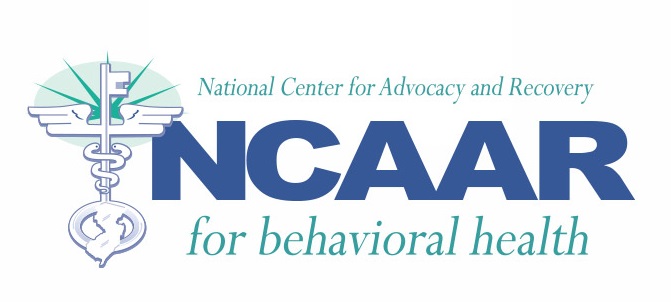On February 12, 2015, the bipartisan
Comprehensive Addiction Recovery Act (CARA) was re-introduced in both the Senate
and House of Representatives. CARA was initially introduced during the last
legislative session, in the Senate, on September 17, 2014. However, the bill
failed to gain any movement. However, introducing the bill that late in the
session was strategic (and not an uncommon legislative tactic) – even though it
had little to no chance of making its way through the meat-grinder that is
Congress last session, in less than three months. Because now, moving into a
fresh, new legislative session, the bill has momentum: CARA has more cosponsors
than it initially had last session, significant support and public awareness of
the bill has been raised, thereby creating a greater societal demand, and
upwards of 100 organizations are advocating for the passage of CARA.
The Comprehensive Addiction and
Recovery Act of 2015 would:
- Provide between $40 million and $80 million in funding
for prevention and recovery
- Launch an evidence-based opioid and heroin treatment
and interventions program. While we have medications that can help
treat addiction, there is a critical need to get the training and
resources necessary to expand treatment best practices throughout the
country
- Strengthen prescription drug monitoring programs to
help states monitor and track prescription drug diversion and to help
at-risk individuals access services
- Expand prevention and educational efforts—particularly
aimed at teens, parents and other caretakers, and aging populations—to
prevent the abuse of opioids and heroin and to promote treatment and
recovery
- Expand recovery support for students in high school or
enrolled in institutions of higher learning
- Expand and develop community-based recovery services in
communities across the country
- Expand the availability of naloxone to law enforcement
agencies and other first responders to help in the reversal of overdoses
to save lives
- Expand resources to identify and treat incarcerated
individuals suffering from addiction disorders promptly by collaborating
with criminal justice stakeholders and by providing evidence-based
treatment
- Expand disposal sites for unwanted prescription
medications to keep them out of the hands of our children and adolescents
Why
Advocacy Matters
Policies regarding alcohol and drug
dependence are going to get made (or not made) with or without the input of
people such policies affect most. These are policies that affect access to and
quality of resources that are integral to maintaining a person’s ongoing
recovery. Needless to say, we need to be at the table – rather than merely on
the menu. We need to make sure that our interests are being advanced in the
policy arena. CARA is the first bill of its kind to address addiction in such
an expansive way, and begin to effectively bridge the large gap between science
and practice, and expand community support and educational resources.
The legislative process is long –
and grueling. Statistically, only 4% of bills ever become laws. Decision-makers are constantly inundated with
interests from every faction of society, which understandably (but
unfortunately) makes it easy for bills to just fall by the wayside. To prevent
CARA from a similar fate, advocates and supporters must be regularly heard
through the torrent of other interests being launched at decision-makers on a
daily basis. This is why ongoing advocacy throughout the legislative
process is so important – and will be crucial to getting CARA passed.
Advocacy efforts from constituencies across the country must be steadfast
and diligent. CARA supporters and advocates have that ability. Over just the
past five months, CARA’s supporters are becoming a constituency of consequence,
wielding a sizable and growing level of influence. In all, the Recovery
Movement at large has come to represent a large voting bloc in districts across
the country. As another old saying goes, there’s “power in numbers”. And
that’s no more readily apparent than when advocating for social change through
legislative means.
Mariel Harrison
Advocacy Field Organizer
NCADD-NJ
